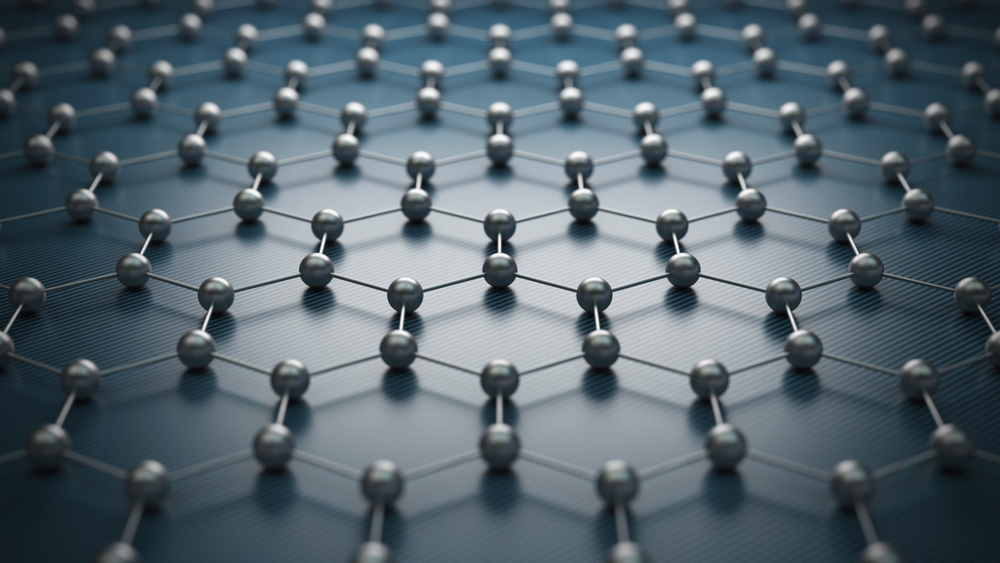That is a good question. We can same way ask: is your car safe? The thing that makes AI safe or not is the purpose or ability to make things. If the AI runs on computers. That not connected to the internet, that thing cannot make anything wrong. But the thing is that the physical robot makes the AI dangerous.
Above this text, we can see robots reading the novel. The AI can use a robot body to collect information from places to that it would not otherwise have access. The robot can read the book for the AI. And then, that data will send to central memory by using WLAN.
The thing is that we might underestimate the abilities of man-shaped robots. Those robots can turn all jet fighters into robot drones. The man-shaped robot pilot can use the same interfaces as humans. So robot pilots can fly even the most primitive aircraft.
But we don't usually remember that a man-shaped robot is not the same thing as a human. Man-shaped robots are tools that are more complicated than we even thought. They learn very fast because the robot needs only a new program for learning new skills. So operators can transform any robot from a jet pilot to a building worker or fireman in seconds.
The AI is not afraid, it would not stress, and it would not have feelings. That thing makes AI the perfect thing in many things. When people are calculating how many errors the AI makes. The problem is that AI is not compiled with humans.
People see from statistics only things that they want to see. When AI will accidentally makes a driving error causing death. It is a big thing in the news. When ten drunk drivers are killing ten people, nobody mentioned those things in the news.
When Serbian air defense shot down one F-117 stealth fighter. That was the biggest news in the world. When that plane type made 2000 successful missions, that thing ever mentioned.
When one Bayraktar drone destroys hundreds of vehicles in Ukraine, that means nothing. But when Russians shot down one Bayraktar over Ukraine. That thing caused lots of news. Shooting down that thing was the biggest failure in the history of drones. And that thing made them useless if we believe in articles, that are published.
Same way, when the AI searches thieves from the streets. By combining data. That is taken from the CCTV of the shops and streets that thing causes criticism because most of the recognized thieves were black. There was no information did those people carry stolen property. Or did they have some kind of arrest warrant for some other crimes?
When people say that robots are taking their jobs, we must ask what kind of jobs robots are taking. Of course, AI is a competitor for humans. In job applications, the human must confess to the companies that they are better than the AI. But in job applications, the applicant must confess to the company being the best choice.
We believe that AI is our worst competitor. But we are wrong. The worst competitors in the business world are other humans. The competition in working life is so tough that sometimes applicants are harming even other humans to get the job that they need.








